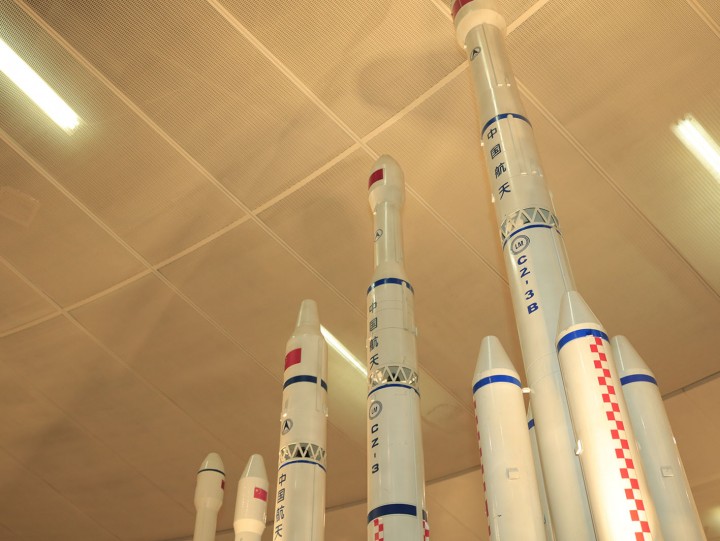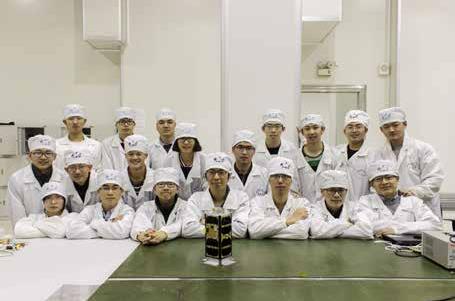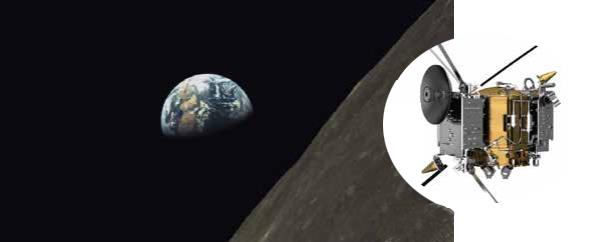School of Astronautics
Contact
Contact : ZHU Lili
Tel : 0451-86403166
E-mail : lily_zhu_2008@163.com
Address : 92 West Dazhi Street,Nan Gang District ,Harbin
Established in 1987, the School of Astronautics of Harbin Institute of Technology (HITSA) is the first in China dedicated to cultivating talent and conducting cutting-edge research in the field of aerospace. HITSA takes it as its mission to tackle scientific and technical challenges in astronautics and to promote the research serving major national needs as well as providing a global impact on society-at-large. HITSA has formed a research and teaching system combining fundamental studies and engineering applications characterized by wideness in scope and strong synergism in five disciplines: Mechanics, Control Science and Engineering, Aeronautical and Astronautical Science and Technology, Optical Engineering, Electronic Science and Technology. The major research areas currently include: design of spacecraft and craft system, deep space exploration, autonomous navigation and control, novel guidance and simulation, advanced composite materials and structures, dynamics and control of aerial vehicles, laser communication, remote sensing and diagnosis, space optics and information technology, and IC design and MEMS, etc.

The teaching faculty of HITSA has 356 members, among whom are 155 professors, 158 associate professors, 4 members of Chinese Academy of Sciences, 6 members of Chinese Academy of Engineering, 1foreign member of the Academia Europaea. Prof. Shanyi Du and Prof. Jinsong Leng are elected as World Fellows of International Committee on Composite Materials whose vice president is Prof. Leng. Prof. Guangren Duan and other three researchers were elected as IEEE Fellows. Prof. Huijun Gao was voted the world’s most influential scientific minds in 2014 by Thomson Reuters.

There are currently 1600 undergraduate students and 2000 graduate students enrolled in the school. HITSA has initiated a new talent cultivation mode involving joint training and practical educating. The school has also established the Lilac micro-Nano satellite innovation factory for students. The "Lilac-2" satellite, launched by the team of Lilac micro-Nano satellite, is the first micro-Nano satellite independently designed, developed and controlled by students, and the "Lilac-1" satellite is a part of the QB 50 Project of European Space Agency.
HITSA has become one of the most important Chinese institutions committed to the education of talented scholars and specialists in astronautics and the advancement of aerospace industry in China. The school enjoys a high reputation abroad for its distinguishable contribution in the field including but not limited to micro-satellite, laser communication, composite materials and control theory. Up to now, the school has designed and launched 20 micro satellites and first accomplishes the task of circumlunar flight of micro satellites. Operationally responsive microsatellite system technology and satellite laser communication technique are at the cutting-edge of technological development.
In the future, aiming at key enabling technology, cutting-edge technology and concept innovation in astronautics, HITSA will make greater contributions to aerospace technology and industry, by pushing interdisciplinary integration, promoting international collaboration and training top-level innovative talents.




